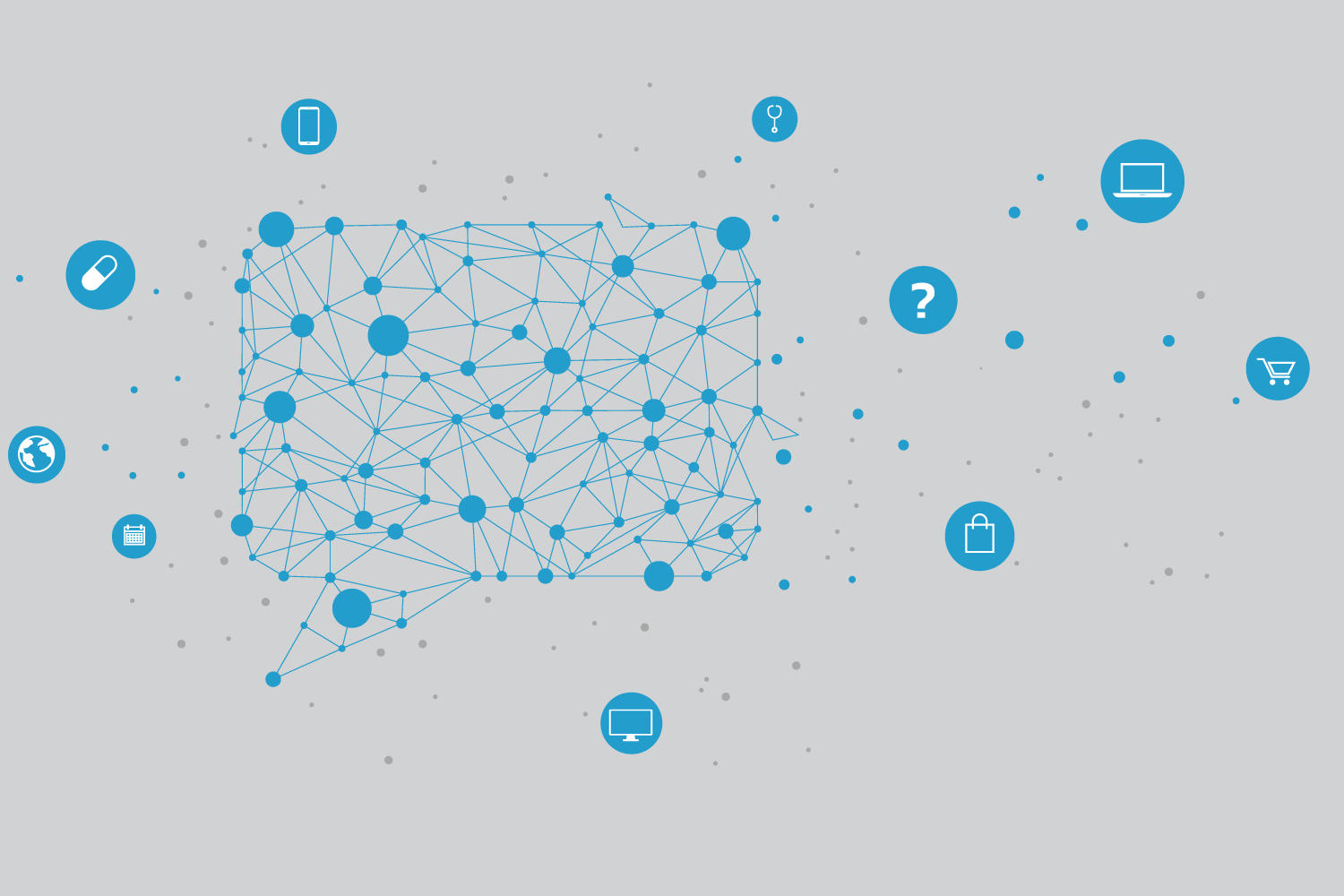It’s hard to believe, but open enrollment for the individual health plan market is right around the corner again. November will arrive quickly, but insurers still have time to make the most of this opportunity. Opportunity? How is it an opportunity when insurers like UnitedHealth Group are reeling from losses and pulling out of the public exchanges?
Our contention is that a big opportunity exists for insurers who leverage one critical fact: One of your most challenging marketing barriers – the lack of smooth direct enrollment, requiring a tedious double-redirect between your site and public exchanges – is only one-fifth as onerous for the next open enrollment. And, insurers are using their private exchanges to capitalize on that fact and shift sales of QHPs away from public exchanges.
Fundamentally, health insurance marketers find the practice of selling QHPs through public exchanges exasperating. It goes against all accepted marketing principles to send prospects to a shopping site that also promotes competitors. On top of that, if you use your own private exchange, you lose subsidy-eligible prospects right and left when they are confronted with the back-and-forth, double-redirect process. Here’s why more than 80 percent of prospects give up mid-stream.
In order for a shopper to obtain their subsidy, they must be directed from the insurer site to a public exchange — the Healthcare.gov site or their state’s marketplace site — where they complete an onerous five-step process:

For QHP shoppers, no direct enrollment and the onerous double-redirect causes abandonment. Four of five steps will be eliminated for most QHP shoppers for 2017 open enrollment.
If they make it through all those steps on the public exchange, they are redirected again to the insurer site to complete their enrollment and arrange payment. Plus, they have to re-enter demographics and other information in order to complete the process. It’s no wonder shoppers get frustrated.
What many insurers have not considered, however: If current trends continue, as many as 90 percent of QHP shoppers will very likely already have public exchange accounts for 2017 open enrollment. That alone eliminates four of those five steps, making the double-redirect dramatically less difficult. Now, even without direct enrollment, subsidy-eligible shoppers can follow a streamlined process to claim their subsidy and add it to their shopping cart on the insurer’s exchange.
For insurers, this opens the door to more active engagement of current and prospective members. When consumers shop, details can be readily available during plan comparison about total cost of care, provider networks (including mapping), and drug benefits, plus personalized guidance can be offered based on utilization and medication history. Insurers can use data from their private exchanges to implement detailed segmenting and targeting in order to give members the right information in bite-sized amounts. For instance, through secure text messaging they can guide members to take proactive steps, such as getting their flu shot, or toward better use of their benefits, such as convenient, non-emergency providers or generic medications.
In a recent article in HealthCare Exchange Solutions magazine, we highlighted why the current – albeit turbulent – environment is actually ripe for health insurers that want to grow their individual health plan business. While some insurers may see exiting the public exchanges altogether as the best way to preserve profits, others are jumping in. We believe that a direct sales and marketing approach using insurer-led private exchanges lets insurers take control of the consumer journey for QHP shoppers. Instead of waiting for direct enrollment to solve the double-redirect issue, insurers can boldly use their own private exchanges to target their market effectively, increase conversion rates and ultimately shift sales of QHPs away from public exchanges to their own insurer-led private exchanges.






